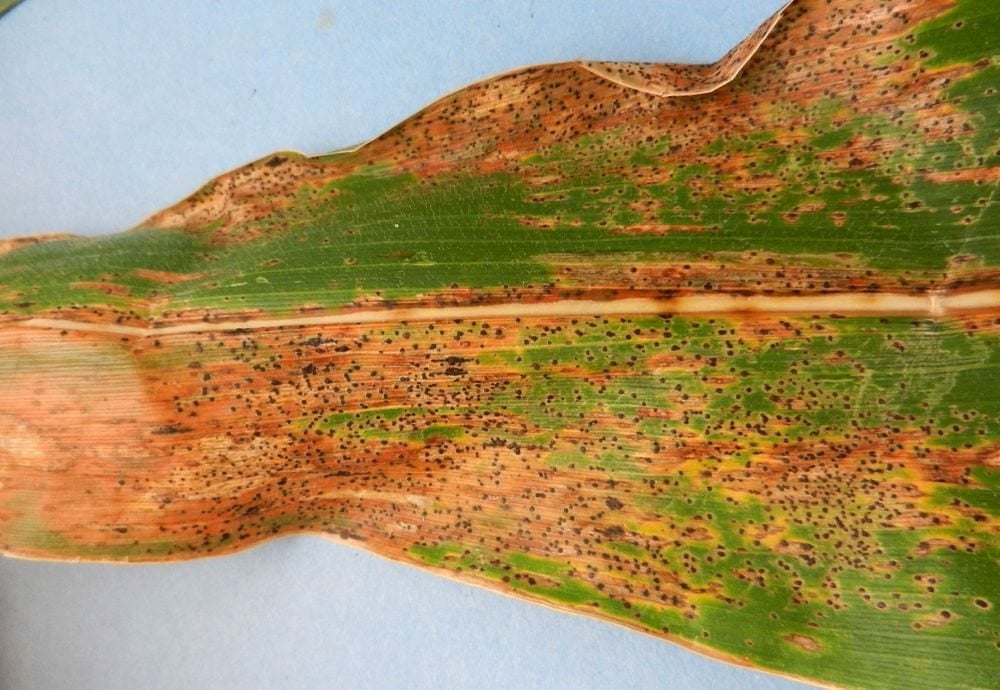Organic fertilizer made from calamari? I squid you not

Glacier FarmMedia — Squid Juice repurposes by-product waste from calamari processing and converts it into liquid organic fertilizer.
“People don’t realize that with calamari consumption, over 52 per cent of the squid is regarded as waste,” explained Sammy Prantera, Seaborn Organic’s Squid Juice sales director. “They were originally throwing half the squid back into the ocean.”
Seaborn Organics, based in St. Catharines is part of the ‘Off the Beaten Track’ tour at Canada’s Outdoor Farm Show.
Prantera said company partnered with the University of Rhode Island horticulture experts to develop an organic fertilizer made of Loligo squid using a low-heat hydrolysate process after the Environmental Protection Agency forced the fishing industry to seek alternatives for their by-products.
Read Also

Agronomists give predictions at Canada’s Outdoor Farm Show 2024
Tar spot is present is nearly every Ontario corn field this season due to a wetter spring.
Farmers can apply the all-purpose concentrated liquid fertilizer from germination to harvest as a drench, in-furrow as a liquid starter and as a foliar spray application.
The prime demographic is organic and regenerative farmers, but conventional operation usage could lessen synthetic inputs, said Prantera.
Squid Juice ticks all the fertilizer boxes for N, P and K while providing micronutrients, a chitin biostimulant, and some natural pest deterrent capabilities.
“Biostimulants are a new trend in the last five years of farming,” Prantera explained. “(Squid Juice) is the only water-soluble bioavailable form of chitin on the market.”
Chitin increases yield, flavour, brix and terpenes for overall quality and a plant’s defence mechanism, including stress, drought and pest resilience.
“It’s essentially $15 an acre application,” he said. “You only need to use it one to three times a season if you’re a cash crop farmer and a few more times if you’re a fruits and veggie farmer.”
Source: Farmtario.com

